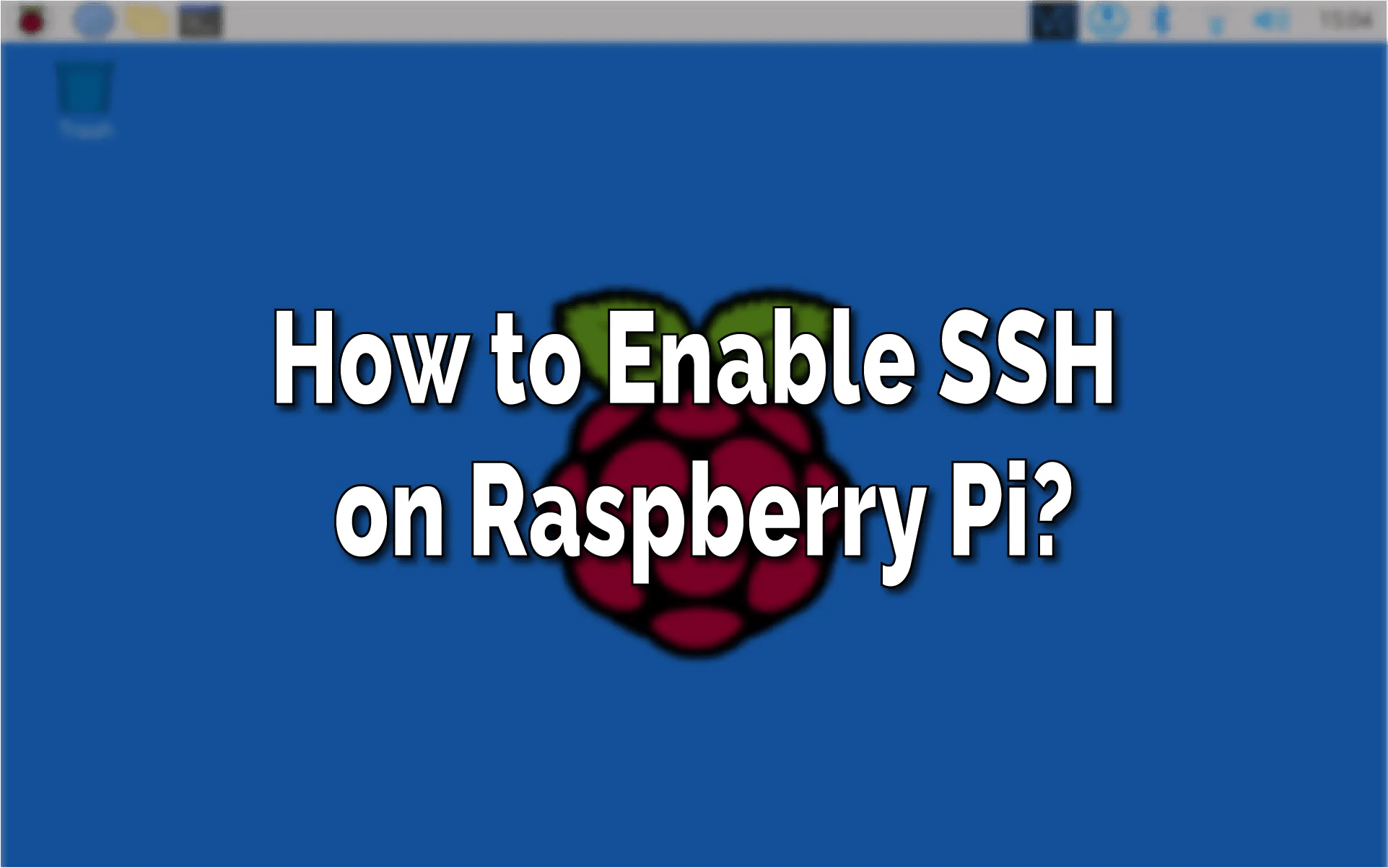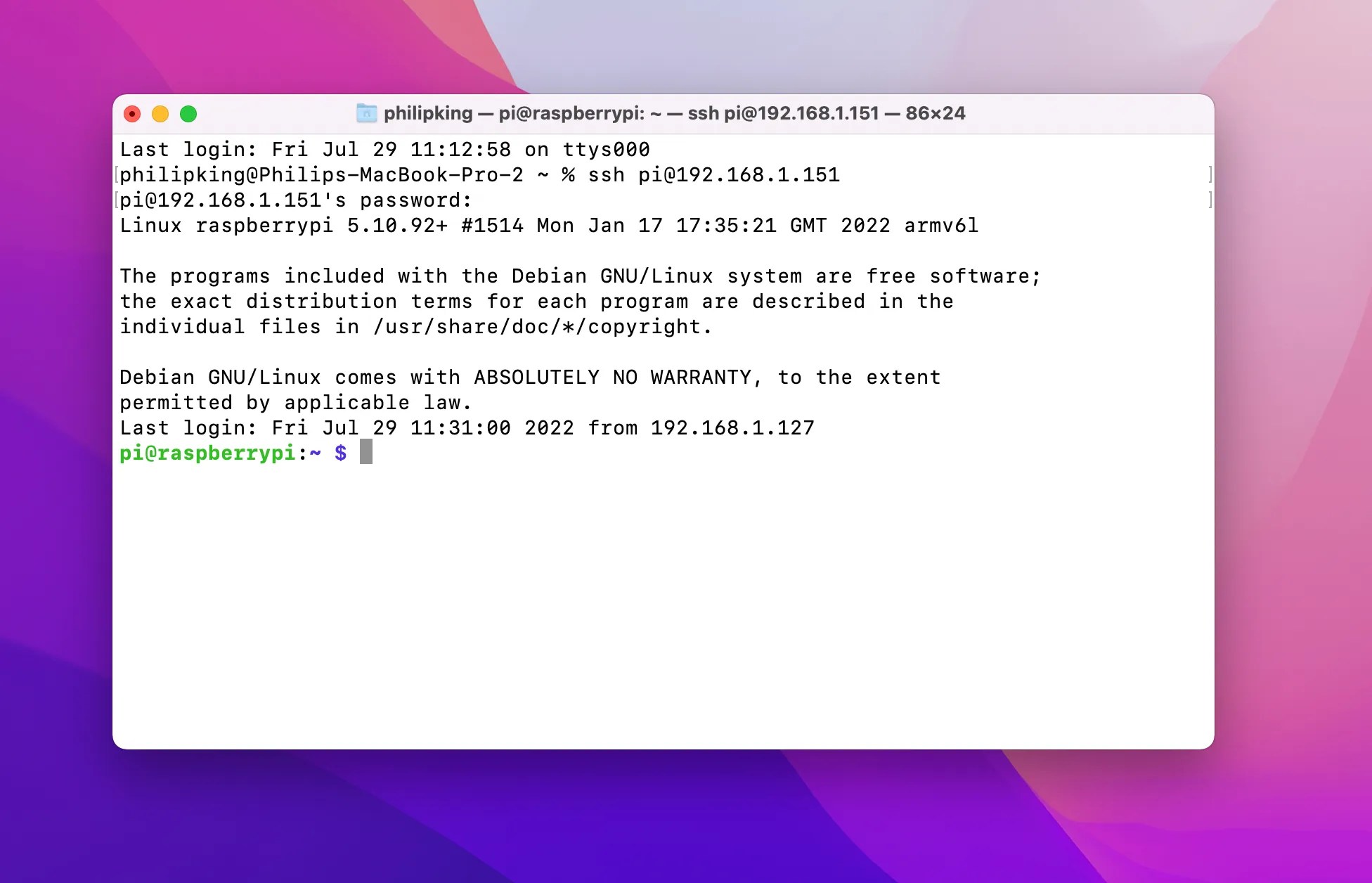How To SSH Into A Raspberry Pi From Anywhere Using Windows
Accessing your Raspberry Pi remotely is a game-changer, especially if you're managing projects or troubleshooting from afar. With the right setup, you can securely SSH into your Raspberry Pi from anywhere using a Windows PC. This guide will walk you through the entire process, ensuring that you can connect to your device without being tied to the same local network. Whether you're a hobbyist, developer, or tech enthusiast, mastering remote access to your Raspberry Pi opens up endless possibilities for automation, server management, and more.
SSH (Secure Shell) is a protocol that allows you to securely connect to another computer over an unsecured network. For Raspberry Pi users, this means you can control your device, run commands, and manage files without needing physical access. In this article, we'll focus on how to SSH into a Raspberry Pi from anywhere using Windows, covering everything from initial setup to advanced troubleshooting. By the end of this guide, you'll have the tools and knowledge to confidently manage your Pi remotely.
Many users struggle with setting up remote access because it involves multiple steps, including configuring your Raspberry Pi, setting up port forwarding, and ensuring secure connections. However, with clear instructions and a systematic approach, the process becomes straightforward. This article will also address common challenges and provide practical solutions, ensuring you can SSH into your Raspberry Pi from anywhere without hassle.
Read also:
Table of Contents
- What is SSH and Why Use It?
- How to Enable SSH on Your Raspberry Pi?
- Can You SSH into a Raspberry Pi from Windows?
- How to Find Your Raspberry Pi IP Address?
- Setting Up Port Forwarding for Remote Access
- Is It Safe to SSH into a Raspberry Pi from Anywhere?
- Using a Dynamic DNS Service for Easier Access
- How to SSH into a Raspberry Pi from Anywhere (Windows)
- Troubleshooting Common SSH Connection Issues
- Conclusion and Final Tips
What is SSH and Why Use It?
SSH, or Secure Shell, is a cryptographic network protocol that allows secure communication between two devices over an unsecured network. It is widely used for remote administration of servers, including Raspberry Pi devices. SSH encrypts all data transmitted between your Windows PC and your Raspberry Pi, ensuring that sensitive information remains protected from unauthorized access.
Using SSH to connect to your Raspberry Pi offers several advantages. First, it eliminates the need for physical access to the device, allowing you to manage it from anywhere in the world. Second, it provides a secure way to execute commands, transfer files, and configure settings remotely. Lastly, SSH is lightweight and efficient, making it ideal for devices with limited resources like the Raspberry Pi.
How to Enable SSH on Your Raspberry Pi?
Before you can SSH into your Raspberry Pi, you need to ensure that SSH is enabled on the device. By default, SSH is disabled for security reasons. Here’s how you can enable it:
- Connect your Raspberry Pi to a monitor, keyboard, and mouse.
- Open the terminal and type
sudo raspi-config. - Navigate to "Interfacing Options" and select "SSH."
- Choose "Yes" to enable SSH and exit the configuration tool.
Alternatively, you can create an empty file named ssh in the boot partition of your Raspberry Pi's SD card to enable SSH without using the terminal.
Can You SSH into a Raspberry Pi from Windows?
Yes, you can SSH into a Raspberry Pi from a Windows PC. Windows provides several tools to facilitate SSH connections, such as the built-in Windows Terminal, PuTTY, or third-party applications like MobaXterm. These tools allow you to establish a secure connection to your Raspberry Pi and execute commands remotely.
How to Find Your Raspberry Pi IP Address?
To SSH into your Raspberry Pi, you need to know its IP address. Here are a few methods to find it:
Read also:
- Check your router’s connected devices list.
- Run the command
hostname -Iin the Raspberry Pi terminal. - Use a network scanning tool like Advanced IP Scanner.
Once you have the IP address, you can proceed with the SSH connection setup.
Setting Up Port Forwarding for Remote Access
Port forwarding is essential if you want to SSH into your Raspberry Pi from outside your local network. This process involves configuring your router to forward incoming SSH requests to your Raspberry Pi's IP address. Here’s how to do it:
- Access your router’s admin panel by entering its IP address in a web browser.
- Navigate to the "Port Forwarding" section.
- Create a new rule to forward port 22 (default SSH port) to your Raspberry Pi’s IP address.
- Save the changes and restart your router if necessary.
After setting up port forwarding, you can SSH into your Raspberry Pi using your public IP address.
Is It Safe to SSH into a Raspberry Pi from Anywhere?
While SSH is secure by design, additional precautions are necessary when accessing your Raspberry Pi from anywhere. Using your public IP address exposes your device to potential threats, so it’s crucial to implement security measures:
- Change the default SSH port from 22 to a custom port.
- Use strong passwords or SSH key authentication.
- Enable a firewall to restrict access to trusted IPs.
These steps will significantly reduce the risk of unauthorized access.
Using a Dynamic DNS Service for Easier Access
If your internet service provider assigns a dynamic IP address, using a Dynamic DNS (DDNS) service can simplify remote access. DDNS maps a domain name to your changing IP address, allowing you to SSH into your Raspberry Pi without constantly checking your public IP. Popular DDNS providers include No-IP, Dynu, and DuckDNS.
How to SSH into a Raspberry Pi from Anywhere (Windows)
Now that your Raspberry Pi is configured for remote access, here’s how to SSH into it from a Windows PC:
- Open the Windows Terminal or PuTTY.
- Enter your Raspberry Pi’s public IP address or DDNS hostname.
- Specify port 22 (or your custom SSH port).
- Log in using your Raspberry Pi username and password.
Once connected, you can execute commands, manage files, and configure settings as if you were physically present.
Troubleshooting Common SSH Connection Issues
Encountering issues while SSHing into your Raspberry Pi is common. Here are some troubleshooting tips:
- Ensure SSH is enabled on your Raspberry Pi.
- Verify that port forwarding is correctly configured on your router.
- Check your firewall settings to ensure port 22 is open.
- Double-check your public IP address or DDNS hostname.
If problems persist, consult online forums or Raspberry Pi documentation for further assistance.
Conclusion and Final Tips
Learning how to SSH into a Raspberry Pi from anywhere using Windows is a valuable skill that enhances your ability to manage remote devices. By following the steps outlined in this guide, you can securely connect to your Raspberry Pi and unlock its full potential. Remember to prioritize security by using strong passwords, enabling firewalls, and leveraging DDNS services for easier access.
With this knowledge, you’re well-equipped to explore advanced projects and applications. Whether you’re building a home automation system, hosting a web server, or experimenting with IoT, remote SSH access will be an indispensable tool in your toolkit. Happy tinkering!
Article Recommendations

